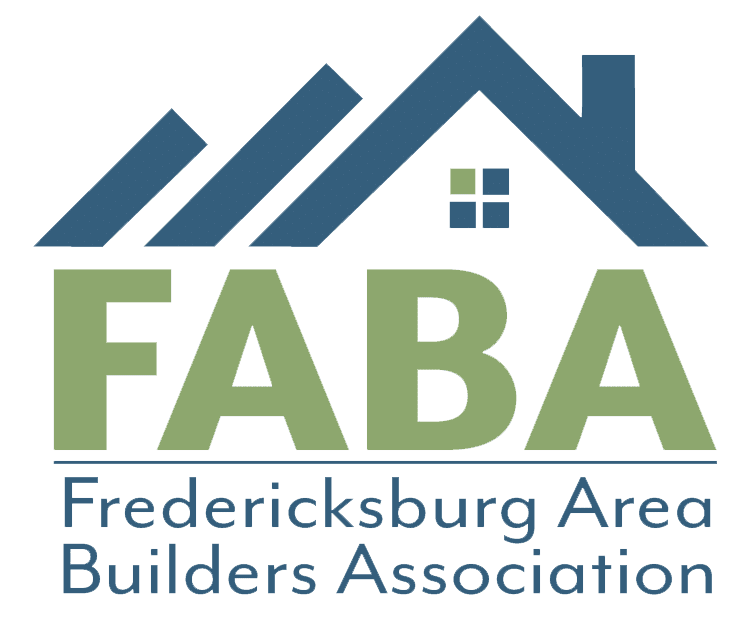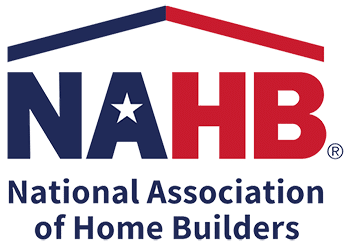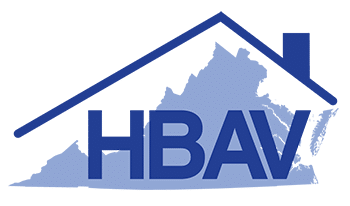Reposted from NAHB Now on August 31, 2021

The Federal Emergency Management Agency (FEMA) on Aug. 27 announced a new interim policy to partially implement the Federal Flood Risk Management Standards (FFRMS) that would require certain structures located in Special Flood Hazard Areas to conform to higher flood elevation standards if they use Hazard Mitigation Assistance (HMA) grant funds.
Although the FFRMS was reinstated through Executive Order 14030 Climate-Related Financial Risk, signed by President Biden on May 20, the interim policy — effective immediately — is the first step toward implementation.
While further actions are anticipated by FEMA and other agencies to fully implement FFRMS, the interim policy applies to certain projects funded through hazard mitigation grant programs. Specifically, the interim policy applies to Fiscal Year 2021 funding for the Building Resilient Infrastructure and Communities (BRIC) and Flood Mitigation Assistance (FMA) programs; the Hazard Mitigation Grant Program (HMGP) for any major disaster declared on or after Aug. 27 and assistance authorized for all 59 COVID-19 disaster declarations. In addition, it applies to HMGP Post Fire for any Fire Mitigation Assistance Grant (FMAG) declarations issued on or after Aug. 27.
The interim policy partially implements the FFRMS by requiring higher flood elevations for three types of actions — elevation, dry floodproofing and mitigation reconstruction — when done in the Special Flood Hazard Area. FEMA’s approach requires additional elevation (Base Flood Elevation plus 2 feet) except in situations where doing so would result in the project being unable to meet applicable cost-effectiveness requirements.
For more information on the Hazard Mitigation Assistance Grants, visit FEMA’s website.







